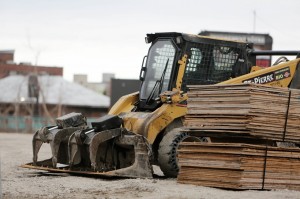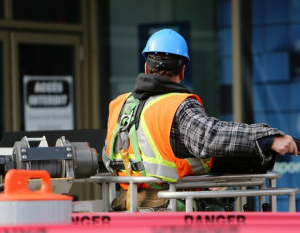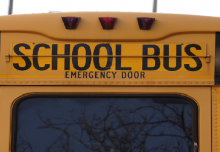OSHA states that, employers are responsible for providing their employees with a safe workplace, free from hazards.
No industry sector is exempt from complying with the Occupational Safety and Health Administration’s (OSHA) policies for maintaining a safe and healthy workplace environment. It is OSHA’s mission to guarantee these workplace conditions. However, this can become complicated when a jobsite has multiple employers, which can be typical on a construction site.
with the Occupational Safety and Health Administration’s (OSHA) policies for maintaining a safe and healthy workplace environment. It is OSHA’s mission to guarantee these workplace conditions. However, this can become complicated when a jobsite has multiple employers, which can be typical on a construction site.
In 1999, OSHA issued an addendum to their basic Multi-Employer Citation Policy. This directive clarified that more than one employer may be citable for a hazardous condition that violates an OSHA standard. It also established a categorical process to determine which employer should be held liable.
4 Categories of Multi-Employer Worksite Employers Listed in the Policy:
The Creating Employer – The employer that caused a hazardous condition that violates an OSHA standard. The creating employer can be citable if their violation affects the employees of another employer on the worksite.
The Exposing Employer – An employer whose own employees are exposed to the hazard. If the violation was created by another employer, the exposing employer can still be citable if they knew about the hazardous condition or failed to exercise reasonable diligence to discover the condition. The exposing employer is responsible for taking the steps to protecting their employees.
The Correcting Employer – An employer who is engaged in a common undertaking, on the same worksite, as the exposing employer and is responsible for correcting a hazard. The correcting employer is typically the one responsible for installing or maintaining the equipment on the worksite. The correcting employer must exercise reasonable care in the prevention and detection of violations and correcting the hazard.
The Controlling Employer – An employer who has general supervisory authority over the worksite, including the power to correct safety and health violations itself or require others to correct them. Controlling employers, such as the general contractor on a construction site, are responsible for ensuring subcontractors are compliant with safety standards. A controlling employer must exercise reasonable care, but is not required to inspect as frequently as the employer its hired.
These four categories are not mutually exclusive and one employer may fall into multiple categories. For large construction projects with many contractors performing work simultaneously, it is important to understand work scope and performance to understand who may, or may not, be responsible for a worksite hazard.







